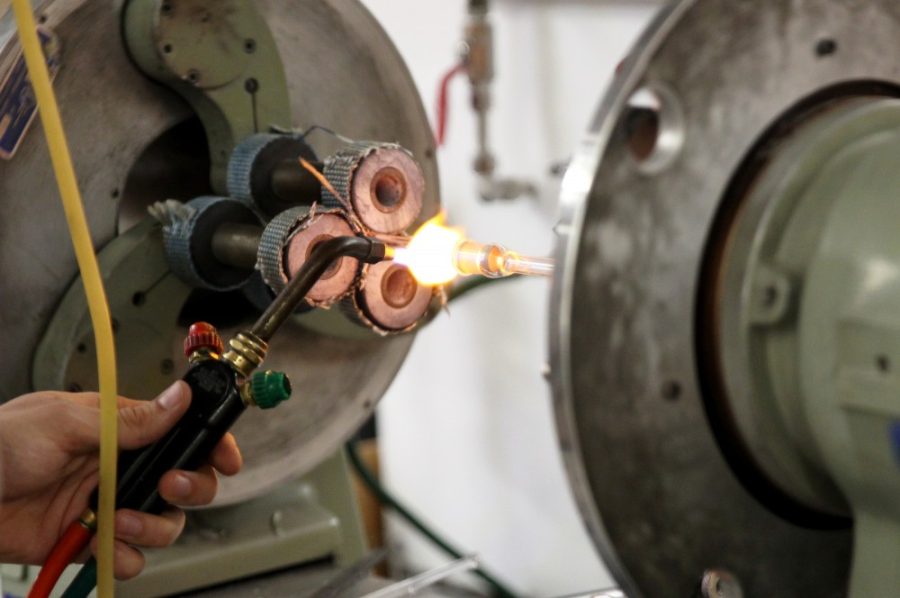The UA spent more than $600 million in the 2015 fiscal year in research activity, beating out the previous year’s numbers by almost $20 million.
This increase in research is a sign of success in the eyes of Kimberly Andrews Espy, senior vice president for research.
“What [an increase] means is our campus is being more and more successful in competing with folks like Harvard, Cal Tech, Stanford, and we are winning and then conducting more research grants, contracts and sponsored activity,” Espy said. “And to be increasing like that means that all of our faculty are doing a little bit more and they are being rewarded with funds externally, enabling their success.”
To get funds for research, faculty can send in applications for grants to sponsors like government agencies, corporate partners, nongovernmental organizations and community organizations, Espy said. The largest source of funds for research at the UA was the federal government in 2014, with 49.37 percent of the year’s research and development expenditures coming from the federal government, according to data from the National Science Foundation.
Funds for research are used in a variety of different research projects that extend to different subjects, from those on heritage and the performing arts to work in the optical sciences and space systems, according to Espy. Some projects are small and only require several hundred dollars to hold a workshop, while larger endeavors could use millions.
Some of these larger projects in 2015 included research in biomarkers in ovarian cancer, sponsored by the National Cancer Institute, and work finding planets similar to Earth, sponsored by NASA, according to a press release. The two projects were each awarded $3.1 million and $5.6 million, respectively.
The UA was ranked in the top 20 public research universities in the country last year, according to Espy. When ranked with private schools as well, the UA was 33rd out of 632 institutions ranked in a 2014 survey of total research and development expenditures done by the National Science Foundation.
Espy said she hopes this research expenditure will continue to increase. Through the Never Settle strategic plan, the UA has made strategic investments in areas such as space systems, water, environment and energy.
“I think that the fact that our research activity is going up is a reflection, perhaps, we’ll see as time goes on, the success of those investments,” Espy said.
Increasing research expenditure is one of the UA’s performance-based benchmarks for 2025. The aim is to reach $750 million in research expenditures in 10 years. This benchmark was approved by the Arizona Board of Regents in November 2015, according to the press release.
With the growth of research projects comes opportunities not only for faculty to make new discoveries, but for students working on the research projects to learn things too.
“Our goal is to continue to grow research activity because that’s really where new knowledge is being discovered,” Espy said. “[Research] gets disseminated to students who are working in laboratories and working alongside their faculty and engaged in activity that helps move that forward, and that’s the knowledge you learn about in your classroom.”
According to Espy, when involved in research and working with faculty on those projects, students don’t have to wait for the research to be published in textbooks before learning about it, which can benefit students.
“Whether it’s a community organization and outreach project or a research laboratory project, students get the benefit of working right alongside the faculty to discover those critical problem solving skills that really prepare you for the world of work ahead,” Espy said.
Follow Ava Garcia on Twitter.









